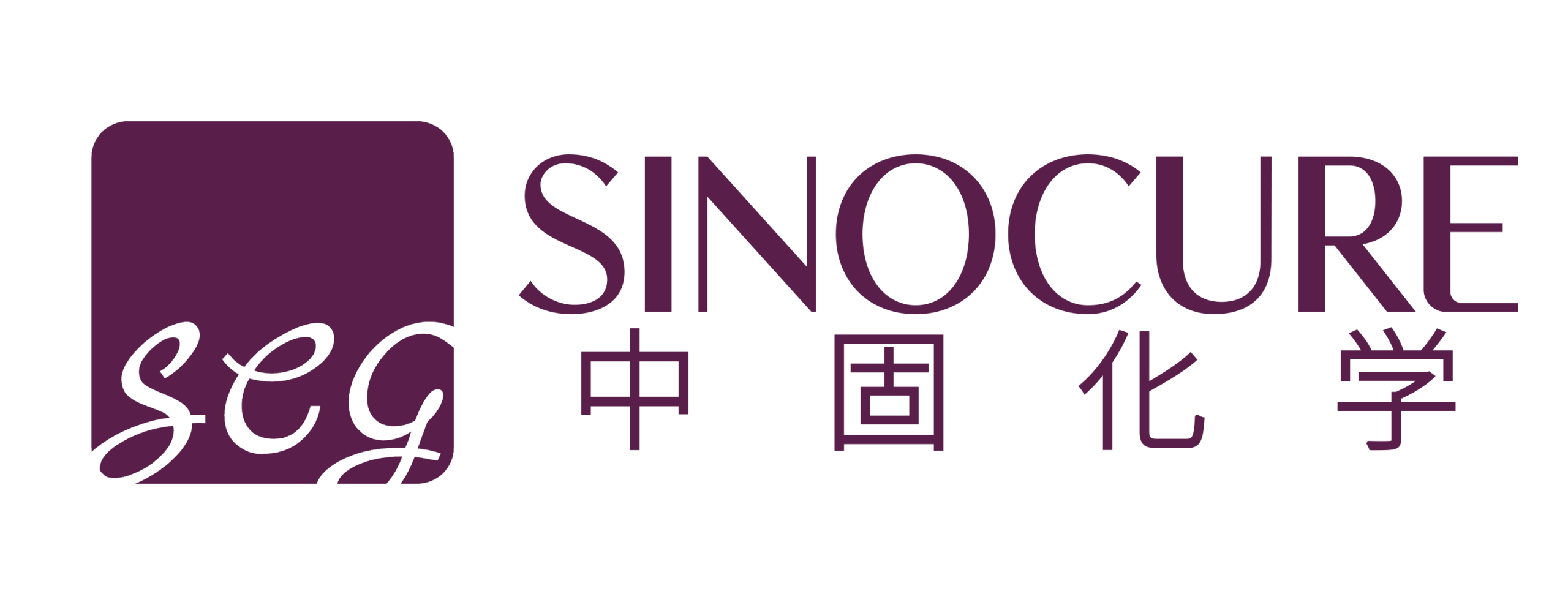Imidazole: Chemical Structure, Properties, Applications, and Synthesis Methods
- Chemical Structure and Properties
Chemical Structure
Molecular Formula: C₃H₄N₂
Molecular Weight: 68.08 g/mol
Structural Formula:
Imidazole is a five-membered planar ring structure, consisting of three carbon atoms and two nitrogen atoms at the 1 and 3 positions. The nitrogen atoms are sp² hybridized, contributing to the aromaticity of the ring.
Aromaticity: Imidazole is an aromatic heterocycle, which means it follows Hückel’s rule of (4n + 2) π-electrons, where n is an integer. In imidazole, the six π-electrons (four from the double bonds and one lone pair from each nitrogen) delocalize over the ring, providing stability and aromatic character.
Physical Properties
Appearance: White to pale yellow crystalline solid
Melting Point: 88-91°C
Boiling Point: 256°C
Density: 1.23 g/cm³ at 25°C
Solubility: Imidazole is highly soluble in water and polar solvents like methanol, ethanol, and dimethyl sulfoxide (DMSO). It is moderately soluble in less polar solvents like chloroform and slightly soluble in nonpolar solvents such as benzene.
- Applications
- Antifungal Agents:
Mechanism of Action: Imidazole derivatives, such as ketoconazole and miconazole, inhibit the synthesis of ergosterol, a critical component of fungal cell membranes. This disruption leads to increased cell membrane permeability and ultimately cell death.
Examples: Ketoconazole, Miconazole, Clotrimazole
Applications: Treatment of various fungal infections, including athlete’s foot, jock itch, ringworm, and systemic fungal infections.
- Anticancer Agents:
Mechanism of Action: Certain imidazole derivatives have shown potential in inhibiting cancer cell proliferation through mechanisms such as DNA intercalation, inhibition of topoisomerases, and disruption of signaling pathways.
Examples: Bortezomib (Velcade), an imidazole-containing proteasome inhibitor, used in the treatment of multiple myeloma and mantle cell lymphoma.
- Antihistamines:
Mechanism of Action: Imidazole derivatives can act as histamine H2 receptor antagonists, reducing the production of stomach acid.
Examples: Cimetidine (Tagamet)
Applications: Treatment of peptic ulcers, gastroesophageal reflux disease (GERD), and Zollinger-Ellison syndrome.
- Fungicides:
Mechanism of Action: Imidazole-based fungicides inhibit ergosterol biosynthesis in fungal cell membranes, similar to their pharmaceutical counterparts.
Examples: Prochloraz, Imazalil
Applications: Used to protect crops such as cereals, fruits, and vegetables from fungal diseases.
- Herbicides:
Mechanism of Action: Imidazole derivatives can act as inhibitors of specific enzymes in plants, disrupting growth and leading to the death of unwanted vegetation.
Examples: Imazapyr, Imazamox
Applications: Control of weeds in crops, forestry, and non-crop areas.
- Epoxy Resin Curing Agents:
Mechanism of Action: Imidazole and its derivatives can act as hardeners or curing agents for epoxy resins, facilitating cross-linking reactions that enhance the mechanical and thermal properties of the final product.
Applications: Used in coatings, adhesives, composites, and electronic encapsulation.
- Corrosion Inhibitors:
Mechanism of Action: Imidazole derivatives form a protective film on metal surfaces, preventing oxidation and corrosion.
Applications: Protecting pipelines, storage tanks, and other metal structures in industries such as oil and gas, water treatment, and chemical manufacturing.
- Material Science
Polymer Chemistry:
Mechanism of Action: Imidazole derivatives are used as catalysts and curing agents in the synthesis of high-performance polymers.
Applications: Development of advanced materials for aerospace, automotive, and electronics industries.
- Chemical Synthesis:
Mechanism of Action: Imidazole is a versatile building block in organic synthesis, participating in a wide range of reactions, including nucleophilic substitutions, cycloadditions, and metal-catalyzed transformations.
Applications: Synthesis of pharmaceuticals, agrochemicals, and fine chemicals.
- Personal Care and Cosmetics:
Certain imidazole derivatives are used as preservatives in cosmetic formulations due to their antimicrobial properties.
- Textile Industry:
Imidazole-based compounds are used in fabric treatments to impart antimicrobial properties to textiles.
- Synthesis
Industrial Synthesis:
a) Reactants:
Glyoxal (40% aqueous solution)
Formaldehyde (37% aqueous solution)
Ammonia (28% aqueous solution)
b) Reaction Conditions:
Temperature: 30-40°C
pH: Maintained at 9-10
Reaction time: Several hours
c) Mechanism:
The reaction proceeds through a series of condensation steps:
Formation of imine intermediates
Cyclization to form the imidazole ring
Dehydration to yield the final product
d) Purification:
The crude product is usually purified by distillation under reduced pressure
Decarboxylation Method:
This method involves the decarboxylation of imidazole-4,5-dicarboxylic acid.
a) Starting Material:
Imidazole-4,5-dicarboxylic acid
b) Reaction Conditions:
Heating to 170-190°C
Can be carried out in glycerol or other high-boiling solvents
c) Mechanism:
Thermal decarboxylation of both carboxylic acid groups
